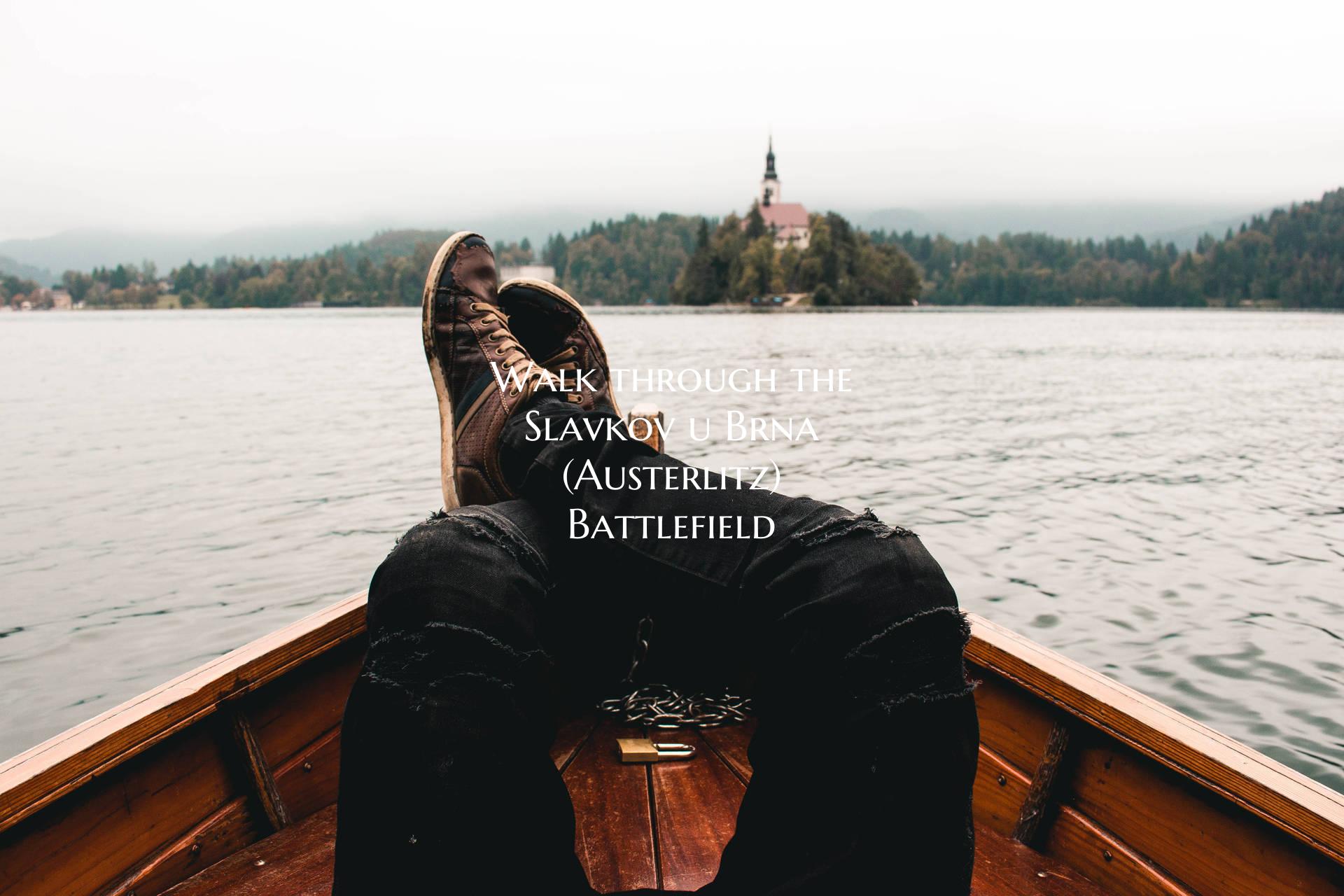
Walk through the Slavkov u Brna (Austerlitz) Battlefield
Step back in time and immerse yourself in the historical significance of the Slavkov u Brna Battlefield, also known as Austerlitz. This picturesque site in the Czech Republic stands as a testament to one of the most famous battles in European history, where Napoleon Bonaparte's French forces secured a decisive victory over the combined forces of the Austrian and Russian empires in 1805.
As you walk through the battlefield, you can imagine the strategic maneuvers and fierce clashes that took place over two centuries ago. The undulating terrain, dotted with memorial markers and monuments, evokes a profound sense of the past and the sacrifices made by those who fought on this hallowed ground.
Paying homage to the soldiers who perished in the battle, visitors can explore the various monuments and memorials scattered across the battlefield. From the towering Column of the Three Emperors to the Chapel of St. Anthony of Padua, each monument tells a story and commemorates the events that unfolded during the Battle of Austerlitz.
For history enthusiasts and military buffs, a walk through the battlefield offers a unique opportunity to gain insights into the tactics and strategies employed by Napoleon and his adversaries. The breathtaking views from the Santon Hill, where Napoleon famously observed the battlefield, provide a glimpse into the commander's vantage point and the challenges he faced during the conflict.
In addition to its historical significance, the Slavkov u Brna Battlefield also offers visitors a chance to appreciate the natural beauty of the surrounding landscape. The rolling hills, lush greenery, and tranquil atmosphere create a serene backdrop for reflection and contemplation.
Whether you are a history buff, a nature lover, or simply curious about this pivotal moment in European history, a walk through the Slavkov u Brna Battlefield promises a memorable experience that will transport you back in time and leave you with a deeper appreciation for the events that unfolded on this historic site.